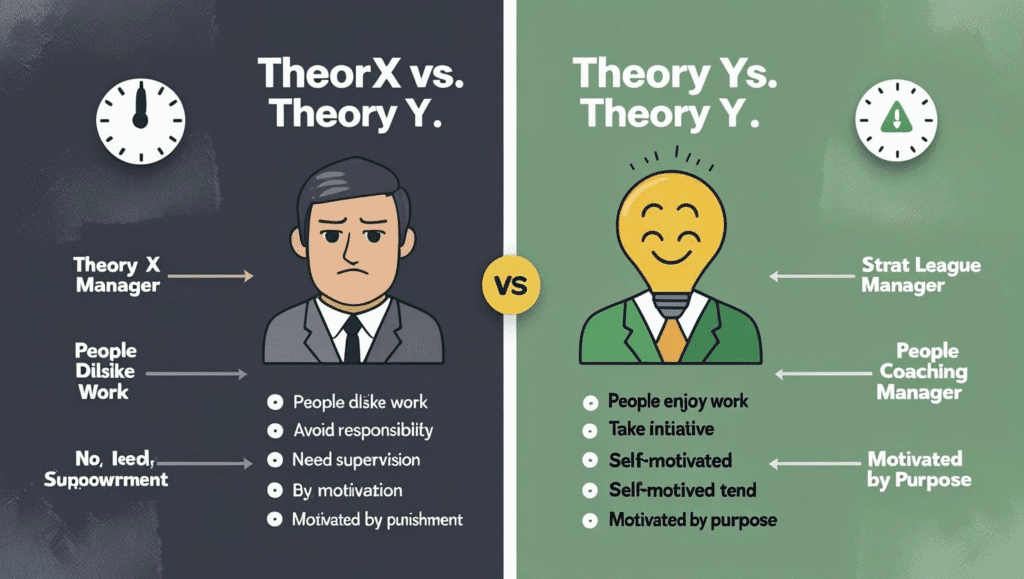Non-Probability Sampling: A Practical Guide for Focused Research
While probability sampling is the gold standard for creating a sample that represents an entire population, it’s not always practical or necessary. Sometimes, the goal isn’t to generalize to everyone, but to gain deep insights from a specific group, explore a new idea, or simply get a quick pulse when resources are tight. This is where non-probability sampling comes in.
This guide will demystify non-probability sampling, explaining what it is, when it’s the right tool for the job, and the different methods at your disposal. We’ll also be upfront about its significant limitations, so you can use it wisely and honestly.
What is Non-Probability Sampling?
Non-probability sampling is a collection of techniques where the selection of individuals from a population is based on the subjective judgment of the researcher or on convenience, rather than random selection. In these methods, some individuals have a higher chance of being chosen than others, and for some, the chance of being selected might be zero. This is the fundamental difference from probability sampling.
When to Use Non-Probability Sampling: Speed and Focus
If you can’t generalize the results, why use it at all? Because it excels in specific situations:
- Exploratory Research: When you’re in the early stages of a project and need to generate hypotheses or understand a problem’s scope. (e.g., a startup interviewing people at a cafe about a new app idea).
- Qualitative Studies: When you need to select “information-rich” participants who can provide deep insights, rather than a representative statistical sample.
- Limited Resources: When you lack the time, money, or a complete population list (sampling frame) required for probability sampling.
- Pilot Testing: When you need to test a survey, questionnaire, or research protocol with a small, accessible group before a larger study.
- Studying Hard-to-Reach Populations: When the population of interest is hidden or rare, like people with a specific medical condition or members of an exclusive club.
The Four Common Types of Non-Probability Sampling
Non-probability methods are defined by their practicality and focus. Let’s explore the most common techniques.
1. Convenience Sampling
This is the most straightforward but also the least rigorous method. It involves selecting individuals who are easiest to reach and most convenient to include. Think of “person on the street” interviews or online polls shared on social media.
How It Works:
You simply approach and include people who are available and willing to participate. There’s no systematic plan other than accessibility.
✅ Pros
- Extremely fast, easy, and inexpensive.
- Excellent for pilot testing and generating ideas.
- No population list needed.
❌ Cons
- Highly prone to selection bias; not representative.
- Results are not generalizable at all.
- Lowest level of credibility for making conclusions.
2. Quota Sampling
Quota sampling is a more controlled version of convenience sampling. The researcher first identifies relevant subgroups (strata) in the population and then sets a quota for the number of individuals to be sampled from each subgroup.
How It Works:
- Identify Subgroups and Proportions: Determine key subgroups (e.g., age, gender) and their proportions in the population (e.g., 50% female, 50% male).
- Set Quotas: Decide on a sample size and set quotas for each subgroup. If your sample size is 100, your quota would be 50 females and 50 males.
- Fill Quotas Using Convenience: The researcher then finds people to fill these quotas using a non-random, convenience-based approach until the numbers for each subgroup are met.
✅ Pros
- Ensures some degree of representation for key subgroups.
- Relatively fast and easy to administer.
- Improves on convenience sampling.
❌ Cons
- Selection within subgroups is not random, so bias is still a major issue (“selection bias within the quota”).
- Not a true statistical representation.
3. Judgmental (or Purposive) Sampling
In this method, the researcher uses their own expertise and judgment to deliberately select individuals who are most relevant to the research question. The goal is to choose participants who are “information-rich.”
How It Works:
- Define the Target Profile: The researcher creates a very specific description of the type of person they need to study (e.g., “marketing managers with over 10 years of experience in the tech industry”).
- Expert Selection: The researcher then actively seeks out and recruits individuals who fit this specific profile.
✅ Pros
- Excellent for in-depth qualitative research.
- Effective for studying very specific or niche populations.
- Can provide rich, detailed information.
❌ Cons
- Entirely dependent on the researcher’s judgment, which can be flawed or biased.
- Difficult to defend the “representativeness” of the sample.
- Prone to researcher bias.
4. Snowball Sampling (or Chain-Referral Sampling)
Snowball sampling is used when the population of interest is hard to find or identify. The researcher starts with a few initial participants and then asks them to refer others who fit the study’s criteria.
How It Works:
- Identify Initial Contacts: Find and recruit one or more individuals from the target population.
- Ask for Referrals: After interviewing them, ask if they know anyone else who would fit the study’s criteria and would be willing to participate.
- Continue the Chain: Follow up on the referrals and repeat the process. The sample “snowballs” and grows.
✅ Pros
- The most effective way to access hidden or hard-to-reach populations.
- Can be cost-effective and efficient for building a sample.
❌ Cons
- Highly prone to sampling bias, as participants will likely refer people similar to themselves.
- Lacks diversity and is not representative.
- No control over the sampling process after the initial contacts.
Choosing the Right Method: A Comparison Table
This table highlights the core differences between the non-probability methods to guide your choice.
| Method | Primary Goal | Selection Basis | Common Use Case | Risk of Bias |
|---|---|---|---|---|
| Convenience | Speed and ease | Accessibility | Testing a survey for a class project. | Very High |
| Quota | Match population demographics | Convenience within subgroups | A street pollster trying to interview 50 men and 50 women. | High |
| Judgmental | Gain expert/specific insights | Researcher’s expertise | Interviewing CEOs about market trends. | Medium to High |
| Snowball | Access hidden populations | Referrals from participants | Studying members of an underground music scene. | Very High |
Conclusion: A Valuable Tool When Used Correctly
Non-probability sampling methods are often misunderstood. They are not a “lazy” alternative to probability sampling; they are a different set of tools designed for different purposes. While they cannot produce statistically generalizable results, they are indispensable for exploratory work, qualitative deep dives, and research under practical constraints.
The key to using non-probability sampling effectively is honesty and transparency. Acknowledge the method’s limitations, be clear about why you chose it, and be cautious in the conclusions you draw. When used appropriately, these techniques can provide valuable and targeted insights that pave the way for more robust research in the future.
Frequently Asked Questions (FAQ)
When is it better to use non-probability sampling over probability sampling?
Non-probability sampling is preferable during the early, exploratory stages of research, when developing a hypothesis, conducting a pilot study, or when time and financial resources are severely limited. It’s also the only option when a complete list of the population (a sampling frame) is impossible to create.
What is the biggest risk of using non-probability sampling?
The single biggest risk is selection bias. Because the sample is not chosen randomly, it may not be representative of the broader population. This means you cannot reliably generalize your findings to the population, and any conclusions drawn are at high risk of being skewed or inaccurate.
Can I calculate a margin of error for a non-probability sample?
No, you cannot. Statistical measures like margin of error and confidence levels are based on the mathematical principles of probability theory. Since non-probability sampling does not use random selection, there is no theoretical basis for calculating how likely your sample statistics are to be close to the population parameters. Claiming a margin of error for such a sample is statistically invalid.
How can I reduce bias in non-probability sampling?
While you can’t eliminate bias, you can take steps to reduce it. In quota sampling, for example, you can ensure your sample’s demographic profile matches the population’s. In purposive sampling, you can use clear, objective criteria for selection. Being transparent about your sampling method and acknowledging its potential limitations in your research report is also crucial for maintaining academic honesty and credibility.

